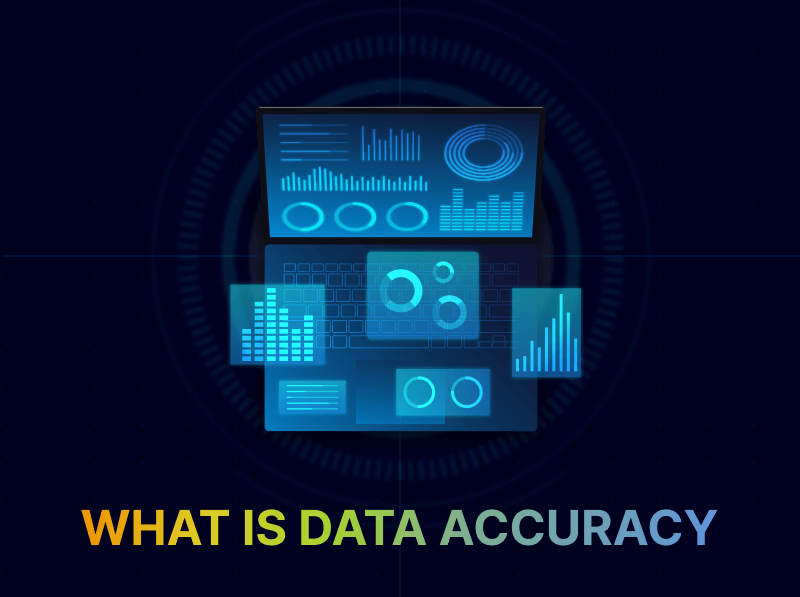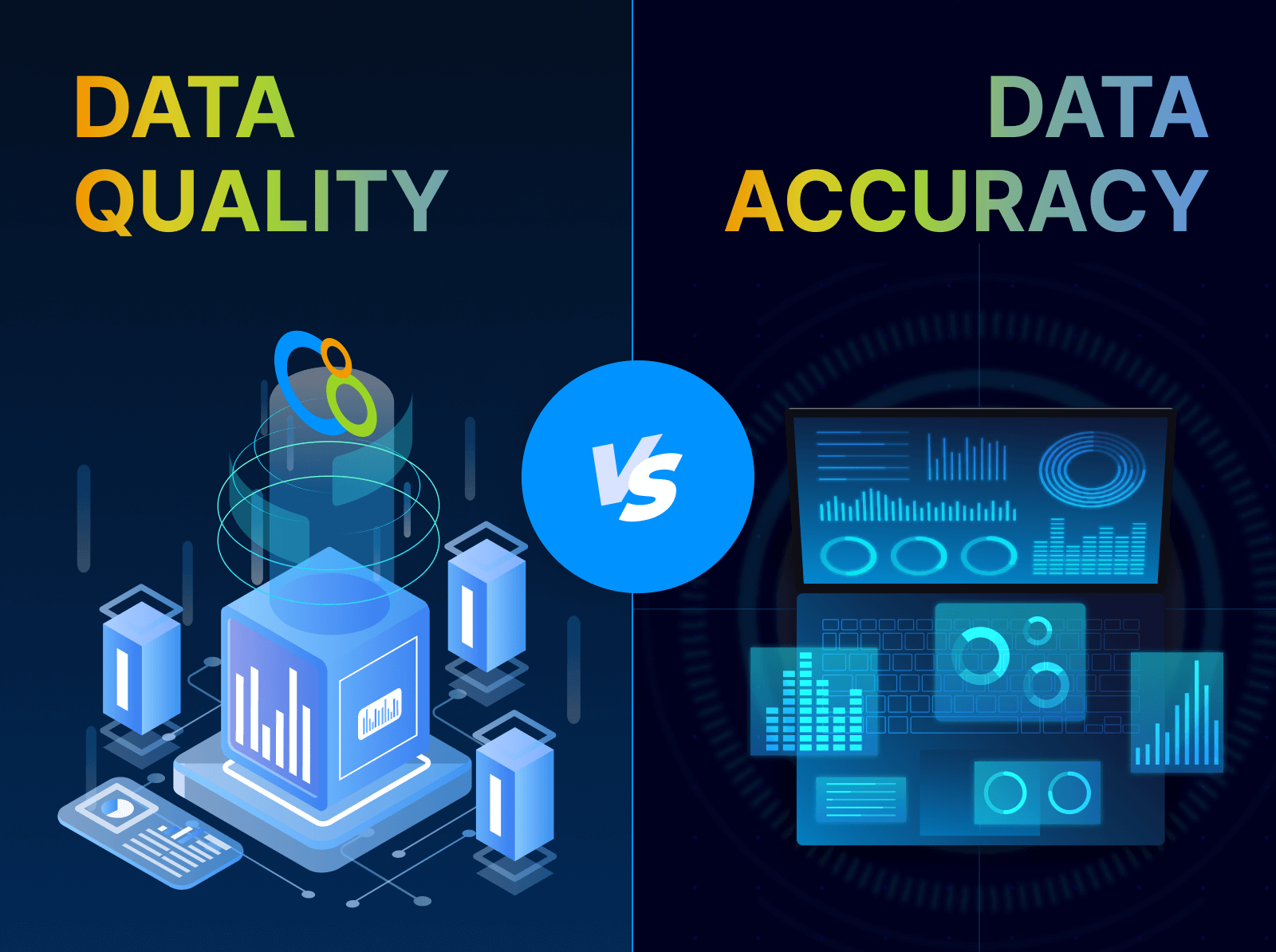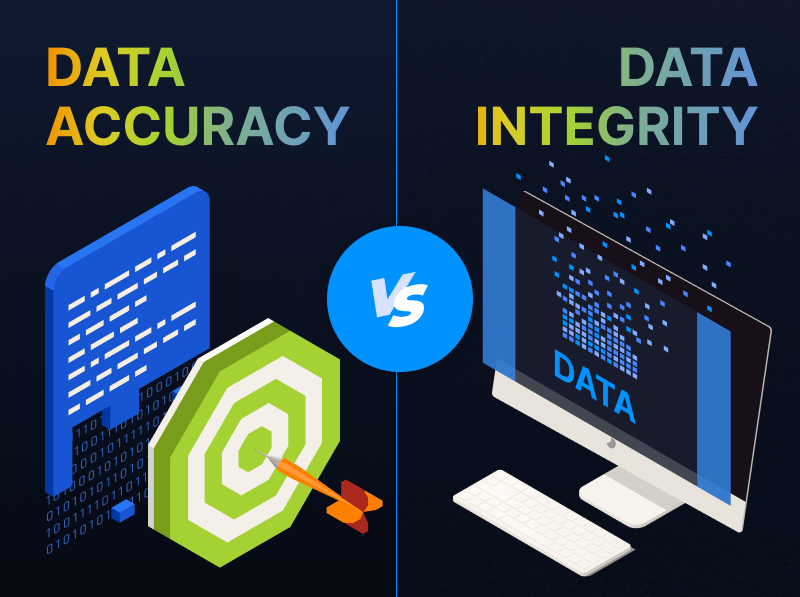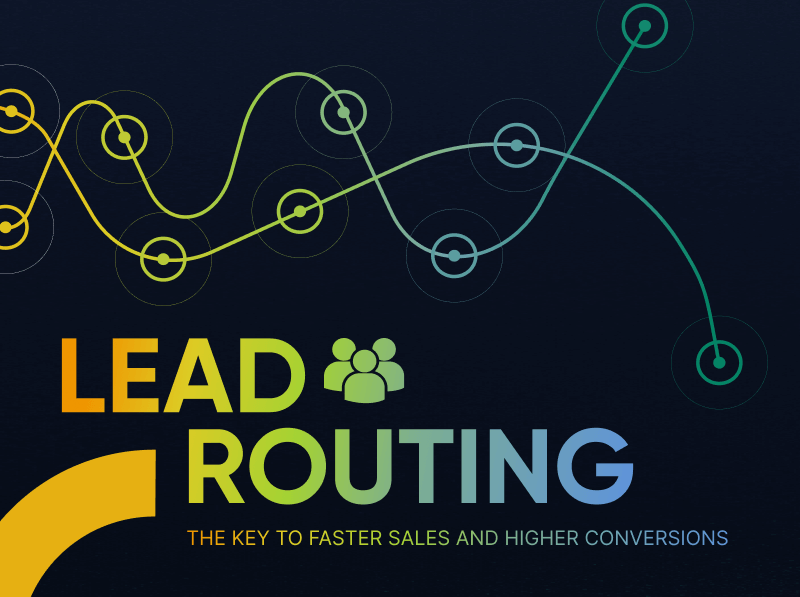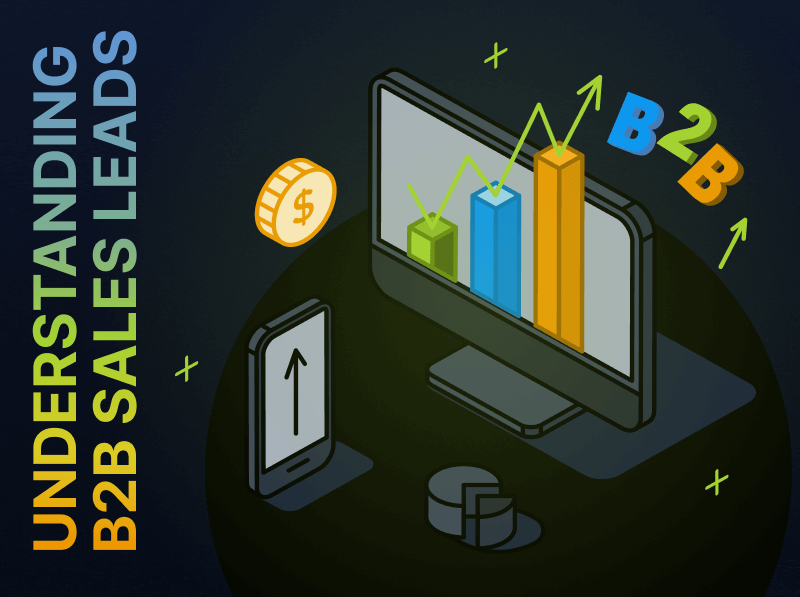Data Accuracy in 2025: What, Why, and How
In 2025, data accuracy is no longer optional. The explosion of AI-driven tools, evolving privacy regulations, and rising buyer expectations have pushed accurate data to the center of modern B2B strategy. It’s the foundation for how companies personalize experiences, optimize campaigns, and enable revenue teams to act with confidence.
So what is data accuracy? How does it affect your marketing performance? And what can you do to improve it today? This article explores the definition of data accuracy in a B2B context and offers a roadmap for strengthening it as a critical operational advantage.
Why Data Accuracy Matters in 2025
In 2025, the need for data accuracy has never been more urgent. With AI-powered tools rapidly reshaping how B2B marketers personalize experiences, segment audiences, and automate decisions, the margin for error in your data is super thin.
Accurate data isn’t just a best practice: it’s a prerequisite for performance. And in a world where large language models and predictive systems are only as good as the data they’re trained and triggered by, feeding flawed information into your tech stack leads to misleading insights and wasted spend.
Here’s why data accuracy should be a top priority for your marketing operations team this year:
- AI relies on accurate inputs. From personalization engines to lead scoring algorithms, AI tools will amplify whatever they ingest. If your inputs are inaccurate, your outputs will be misaligned.
- B2B buyers expect relevance. Decision-makers are overwhelmed with content. Personalization powered by accurate firmographic and behavioral data is what cuts through.
- Compliance standards are tightening. Regulatory scrutiny is increasing globally. Maintaining accurate contact records, consent statuses, and opt-in history helps safeguard against legal risk.
- Data is your strategic differentiator. In 2025, success in B2B won’t hinge on who has more data, but who has better data. Accurate, timely, and consistent records allow teams to move faster with more confidence.
Poor data accuracy still derails campaigns, damages reputation, and misguides revenue forecasts. But this year, the stakes are higher. The organizations that will win are the ones investing in accuracy as a foundational layer for everything else they build.
What Is Data Accuracy?
Data accuracy refers to how correctly a piece of information represents the real-world object or fact it’s intended to describe. It is the measure of how close your data comes to the truth. If your CRM indicates that Pat Smith is the VP of Marketing at Acme Co., and that’s still the case, the record is accurate. If Pat has moved to a different role or company and the record hasn’t been updated, it’s inaccurate. Under the umbrella of data quality, data accuracy is one of the ten data quality metrics marketing operations professionals monitor as part of a strong data strategy.
This definition might sound straightforward, but its implications run deep. In marketing, data accuracy is not just about whether an email address works or whether a company name is spelled correctly. It is about whether the information you’re using to segment audiences, personalize outreach, and qualify leads actually reflects the current reality. When it doesn’t, campaigns misfire, personalization fails, and sales teams lose confidence in the marketing-supplied leads.
In linguistics, there’s a helpful framework to understand this concept: a signifier, which is the word we use to refer to something, (in data this would be a job title or email address) must match the signified (the actual person in the real world). The moment these diverge, data accuracy breaks down. It’s a small disconnect that can lead to larger strategic errors.
How Inaccuracies Enter Your Systems
Most data inaccuracy is not malicious—it creeps in gradually. It may be introduced by a form fill with a typo, a contact who changes jobs, or a sales rep who updates an account record inconsistently. This is called data decay or data drift. Over time, these seemingly small issues accumulate, creating a database filled with half-truths.
Compounding the issue, many B2B organizations pull data from multiple platforms without strict controls or validation rules. Inaccuracies in one system can spread downstream to others, especially in integrated martech stacks. The longer these errors persist, the harder they are to detect and correct.
Strengthening Data Accuracy Across the Lifecycle
Improving data accuracy requires a deliberate strategy—not just a cleanup once a quarter. Several key actions can be taken to ensure more accurate and trustworthy information across the lifecycle:
- Validate at entry. Use form validation rules to catch formatting issues, enforce required fields, and reduce the chance of typos or incomplete data submissions.
- Standardize formatting. Normalize job titles, phone numbers, and company names using consistent structures across systems.
- Use third-party verification. Tools and services can help cross-check and enrich records using reliable, external data sources.
- Audit and refresh existing records. Schedule regular reviews to identify and correct inaccuracies in your existing database.
- Train your teams. Equip marketing, sales, and ops teams with clear definitions and processes so everyone contributes to accuracy in consistent ways.
That last point is often overlooked: accuracy improves when people understand why it matters. Training teams to recognize bad data and follow shared conventions reduces variability. With aligned practices and shared accountability, organizations can build a culture where data quality is not an afterthought but a competitive advantage. Send your team a link to this blog!
Conclusion
The definition of data accuracy might seem obvious at first, but maintaining it in practice is one of the hardest challenges in B2B marketing. Inaccurate data silently chips away at performance, trust, and revenue. But with a proactive approach, teams can build systems that surface inaccuracies early, correct them efficiently, and prevent them from spreading.If you want to understand how accuracy interacts with integrity, another essential concept for data-driven organizations, don’t miss our article: Data Accuracy vs. Data Integrity: Understand the Difference to Preserve the Quality. It explores how these two concepts work together to support trustworthy, scalable marketing operations.
